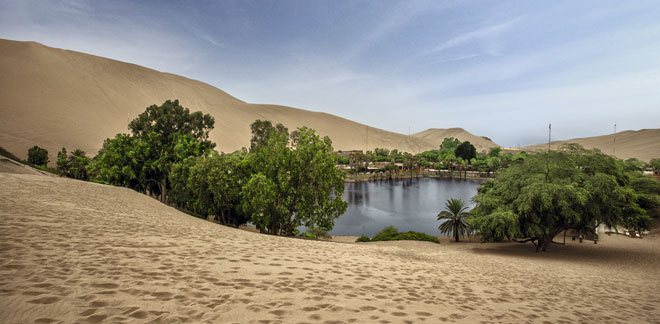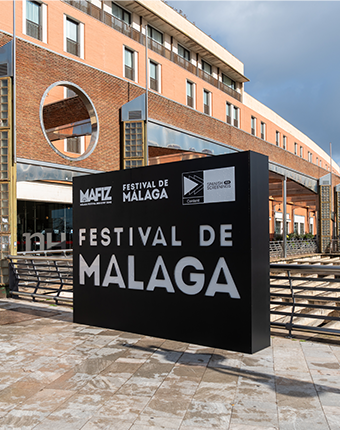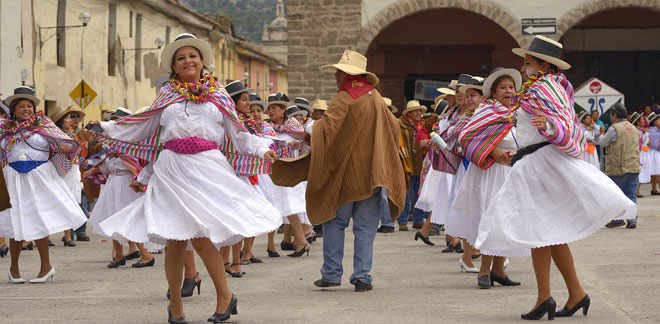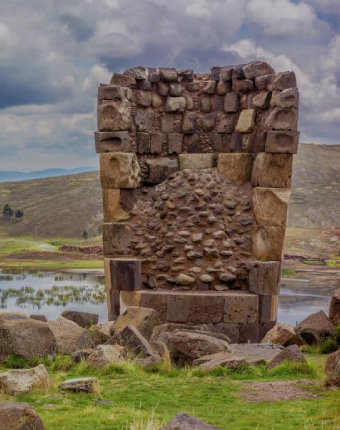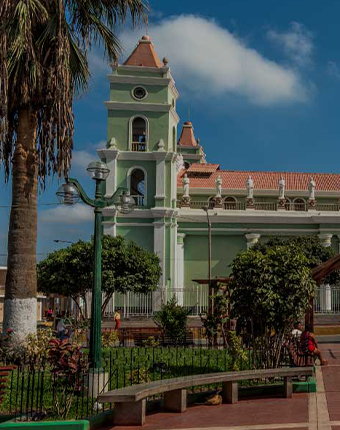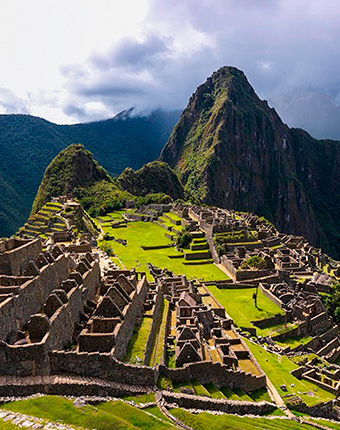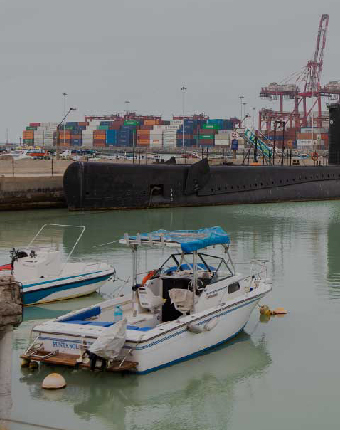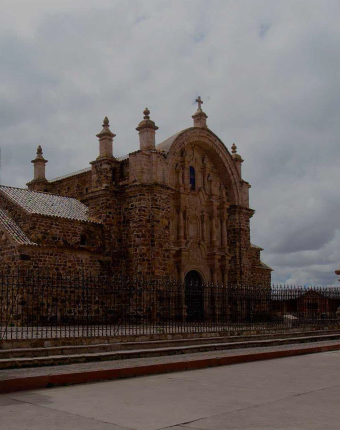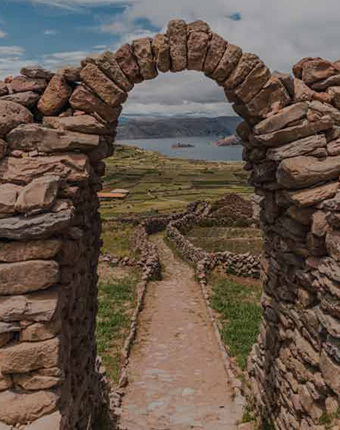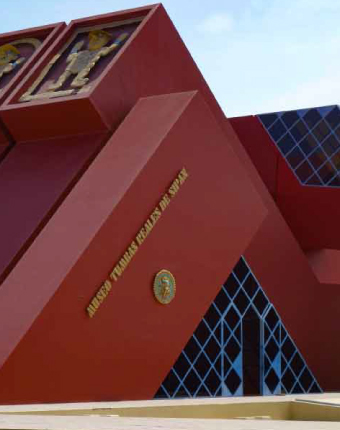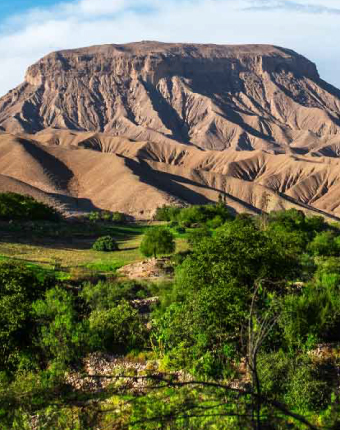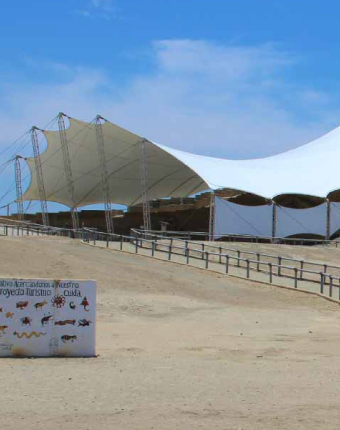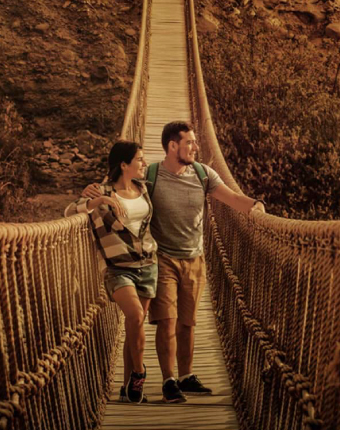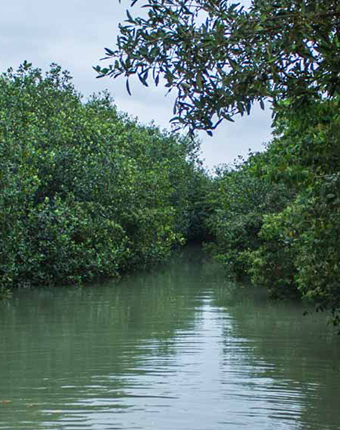
News
Creole Lima: Discover the most picturesque spots in Lima
Photography: Sandro Aguilar / PROMPERÚ
Lima boasts a rich Creole tradition reflected in several iconic spots throughout the city, each filled with history.
La canción criolla se viste de gala (The Creole song dresses up), as the festive waltz "acuarela criolla" proclaims. Its lyrics seem to evoke October 31, the day when the City of Kings honors Creole music with the guitars' strumming and the cajón (percussion instrument) rhythm.
Amid this timeless revelry, the capital is home to numerous historic sites that have witnessed the growth and evolution of this cultural tradition. Here, we highlight some locations where criollismo (Creole music) thrives in every corner, preserving the essence of old Lima—perfect settings for recordings that aim to capture its unique atmosphere.
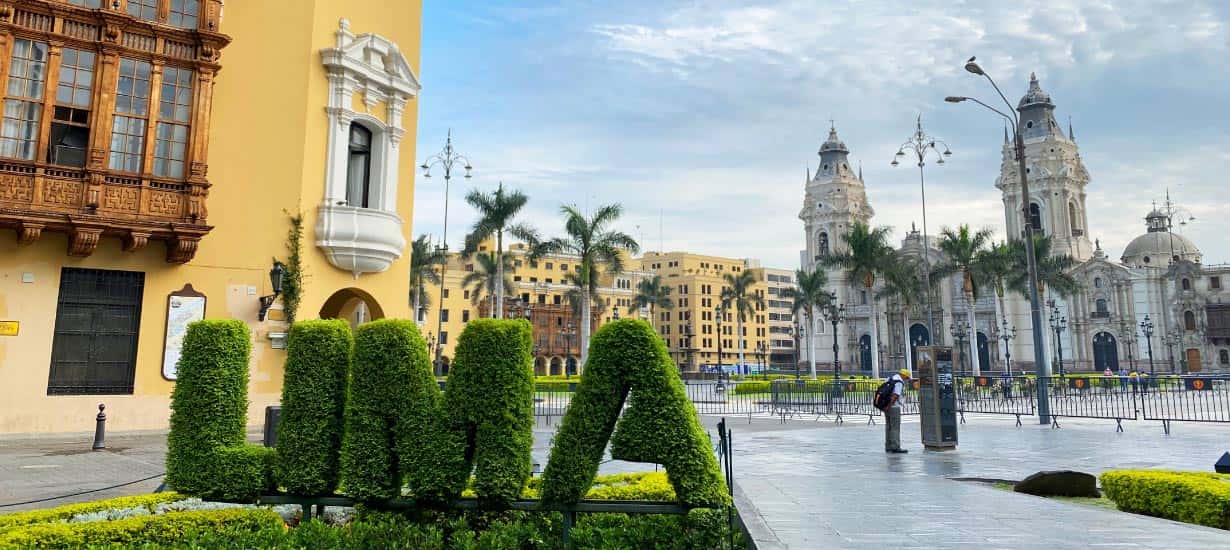 Source: Shutterstock
Source: Shutterstock
HISTORIC CENTER OF LIMA
As one of the city’s most iconic areas, the Center of Lima houses numerous creole locations that embody the traditional and cultural heart of Peru. Among them is the Alameda Chabuca Granda (Chabuca Granda Mall), offering spacious areas ideal for setting up filming equipment and streamlining logistics. As an open-air location, it lends itself to a variety of scenes, ranging from urban shots to emotional moments along the banks of the Rímac River.
 Source: Carlos Ibarra / PROMPERÚ
Source: Carlos Ibarra / PROMPERÚ
Plaza San Martín (San Martin Square), with its imposing monument and republican architecture, serves as a historic gathering place, perfect for scenes capturing pivotal moments in urban life. Meanwhile, the Paseo de los Héroes Navales (Naval Heroes Walk), located in front of the Palace of Justice, features expansive gardens and offers a majestic setting. This space seamlessly combines solemnity and grandeur, making it an ideal backdrop for epic or formal scenes.
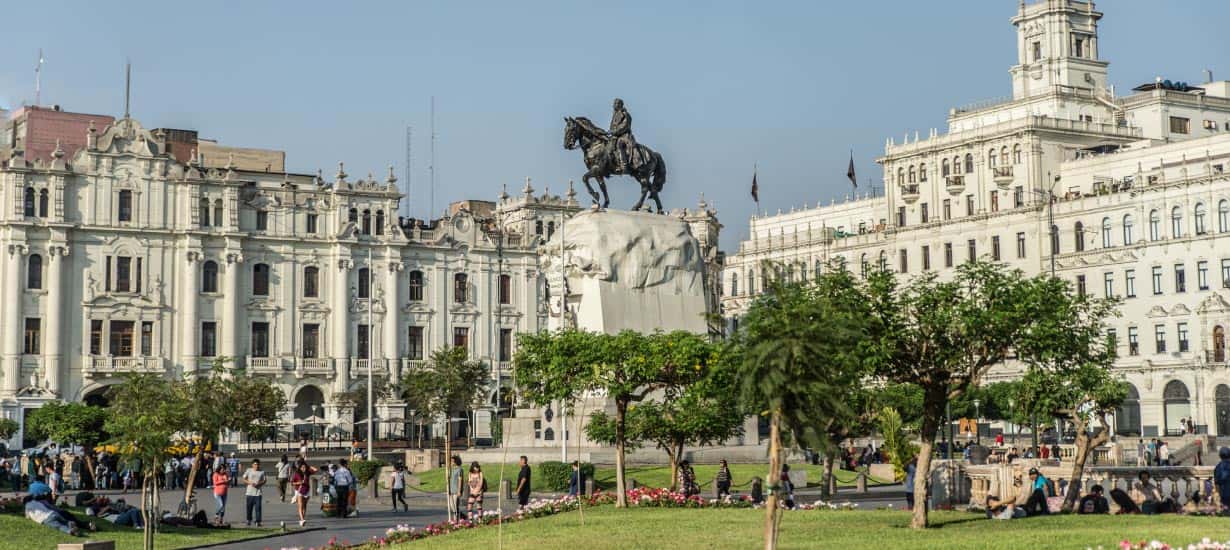 Source: ATTA / Charley Voorhis
Source: ATTA / Charley Voorhis
Just a few meters away is the Municipal Theater, a neoclassical building that embodies Lima’s cultural sophistication, making it ideal for scenes that highlight the social life of bygone eras. Nearby, the Segura Theater, with its classic and elegant design, adds a sense of history and authenticity to any production.
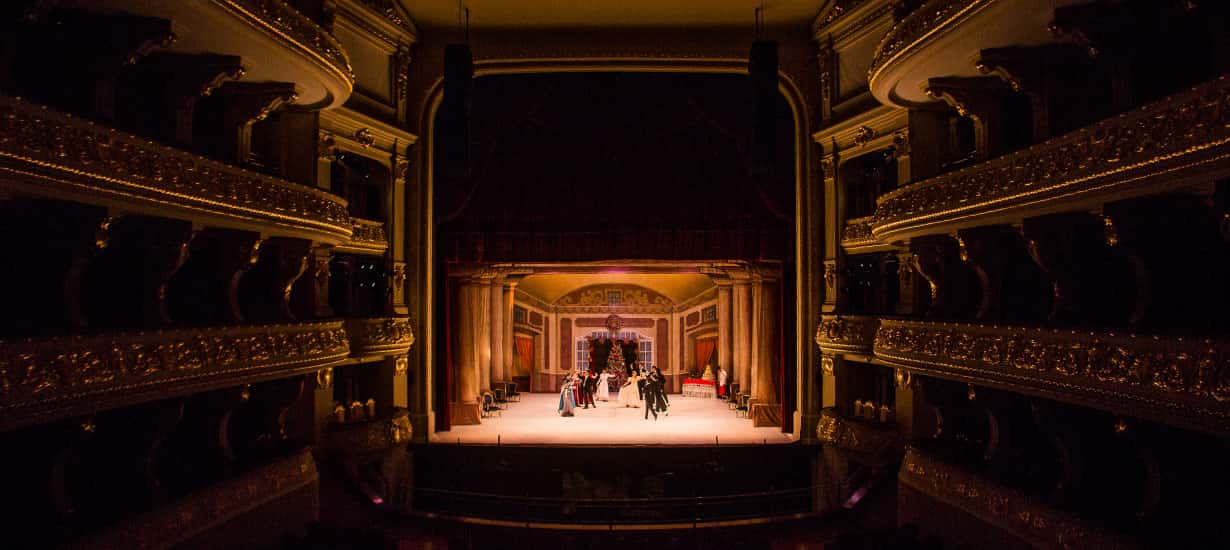 Source: PROMPERÚ
Source: PROMPERÚ
QUINTA HEEREN
Quinta Heeren (Residence Heeren) is an architectural and historical gem located in Barrios Altos, district of Lima. Built in 1880 in the neoclassical style on land once known as the "Jardín de los remedios" (Garden of remedies), this stunning site was commissioned by German businessman Oscar Augusto Heeren and has since become a symbol of Lima's splendor during that era. The building beautifully blends elements of European and Peruvian architecture, creating a unique space within the city.
In its heyday, Quinta Heeren was home to the families of Lima's high society. Today, its striking beauty and grand mansions serve as an ideal backdrop for dramatic scenes, perfect for films that delve into the Lima of yesteryear or suspense stories where mystery takes center stage.
As an emblematic site in Lima’s history, the Municipal Theater is also perfect for documentaries and period films with rich historical and cultural significance. To arrange a visit, you can contact them via WhatsApp here, where they will provide all the necessary details.
Quinta Heeren is situated at Jirón Junín 1201 in Barrios Altos. From the Center of Lima, you can take a bus along Avenida Abancay that will drop you near Barrios Altos. Once you get off at Jirón Junín, it is just a short walk to block 12.
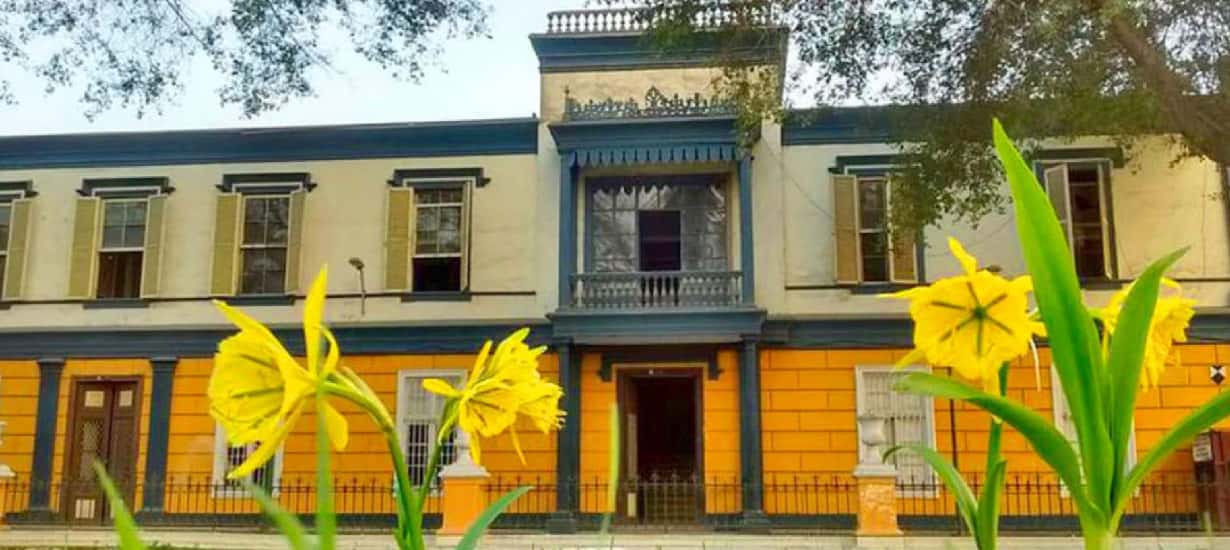 Source: Facebook Quinta Heeren
Source: Facebook Quinta Heeren
THE BOULEVARD OF CRIOLLISMO
Located at block 8 of Manuel I. Vivanco in Pueblo Libre, this boulevard is an iconic space dedicated to our music. It was inaugurated on October 29, 2015, during the celebrations of the Day of the Creole Song.
More than 20 stars, similar to those on the Hollywood Walk of Fame, adorn this popular boulevard, honoring the most significant figures of criollismo. Among the celebrated artists are Carmencita Lara, Eva Ayllón, Lucía de la Cruz, Manuel Donayre, Trío Los Kipus, Guajaja, Cecilia Barraza, Fabiola De La Cuba, Lucila Campos, Los Ardiles, José Villalobos, Julie Freundt, Pepe Torres, and Rafael Amaranto, along with Marco Romero, and many others.
The boulevard blends an urban style with a festive, cultural atmosphere. Its decorated streets and corners, reminiscent of creole Lima of the past, are perfect for filming scenes that capture bohemian life or popular art.
To reach this location, you can take any bus that travels along Avenida Brasil (Brazil Avenue) and get off at blocks 10 or 12. From there, it is just a short walk to block 8 of Avenida Vivanco (Vivanco Avenue).
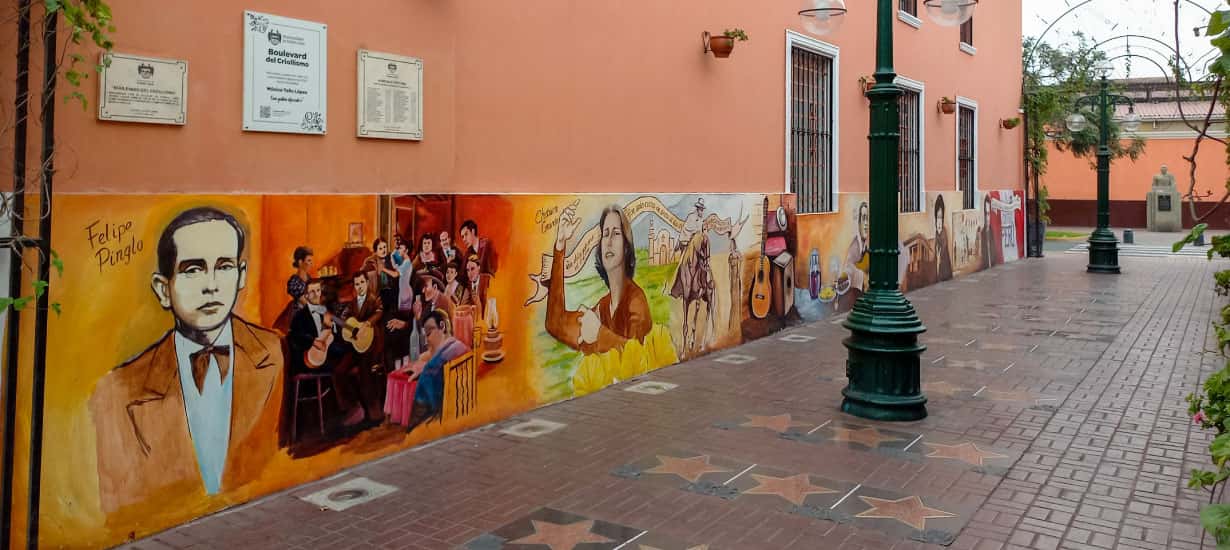 Source: Shutterstock
Source: Shutterstock
BAJADA DE BAÑOS
Barranco, Lima's quintessential bohemian district, is another area rich in Creole tradition. Bajada de Baños is a charming walkway that connects Barranco to the coast, while the historic colonial mansions that line the district provide a beautiful backdrop for romantic and nostalgic scenes.
The blend of colonial and republican architecture with contemporary urban art creates a versatile setting suitable for various types of filming, ranging from period pieces to modern productions with an artistic flair.
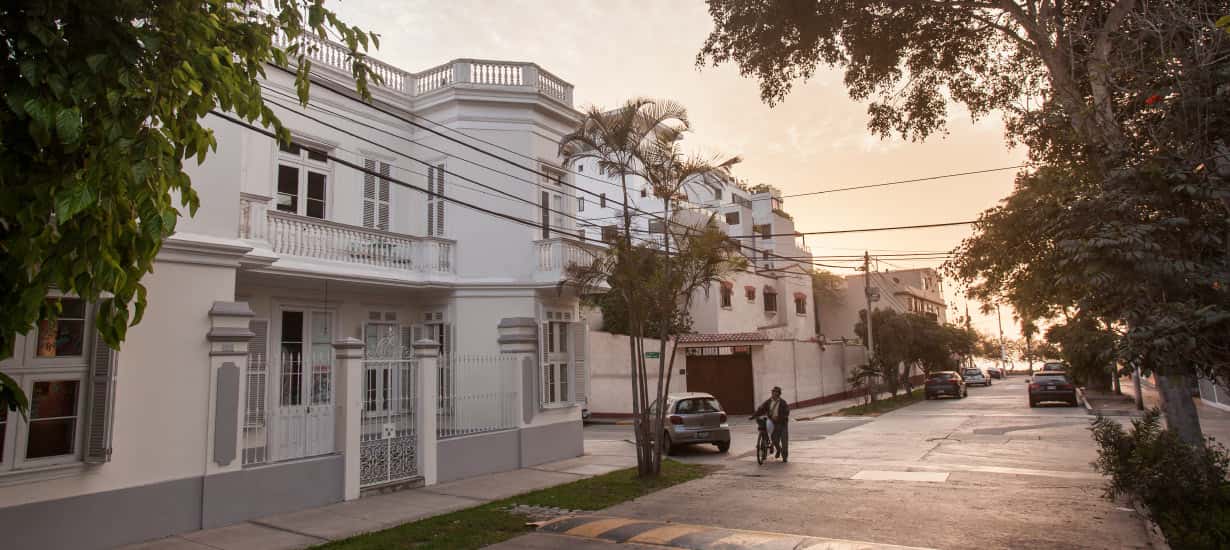 Source: Adrián Portugal / PROMPERÚ
Source: Adrián Portugal / PROMPERÚ
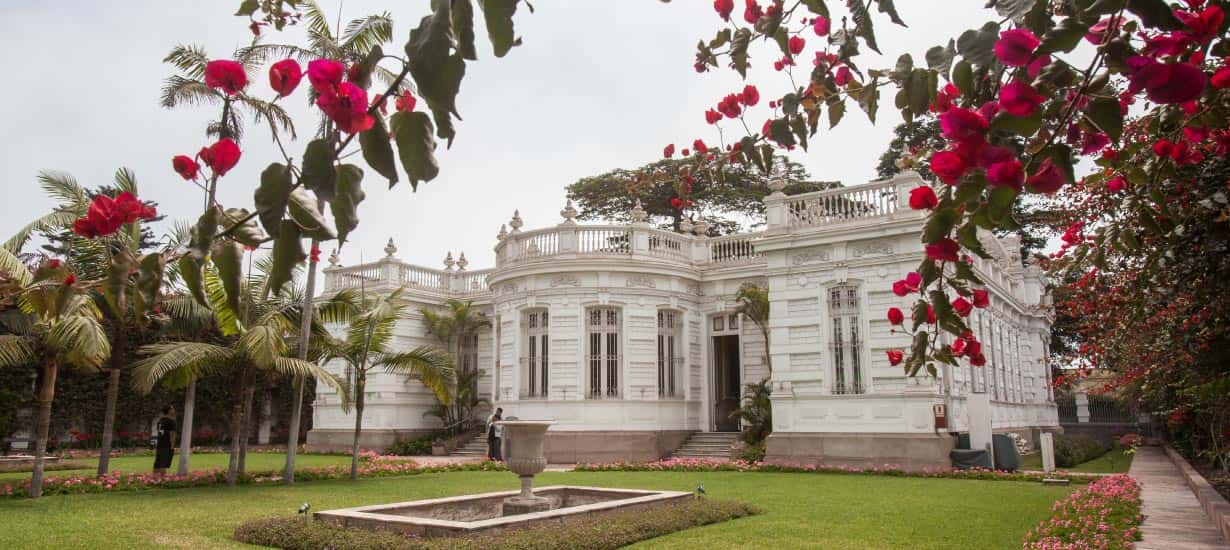 Source: Adrián Portugal / PROMPERÚ;
Source: Adrián Portugal / PROMPERÚ;
One of the standout features of Bajada de Baños is its direct connection to the sea. The promenade descends to the coast, offering opportunities to film scenes that merge the urban atmosphere with the natural beauty of Lima's beaches. Productions aiming to highlight the contrast between the city and the ocean can leverage the sea's proximity to create a powerful and evocative visual context.
To reach this location, you can take any bus heading to Barranco, Miraflores, or Chorrillos. Get off near Plaza de Barranco (Barranco Square) or Puente de los Suspiros (Bridge of Sighs), and then walk to Bajada de Baños.
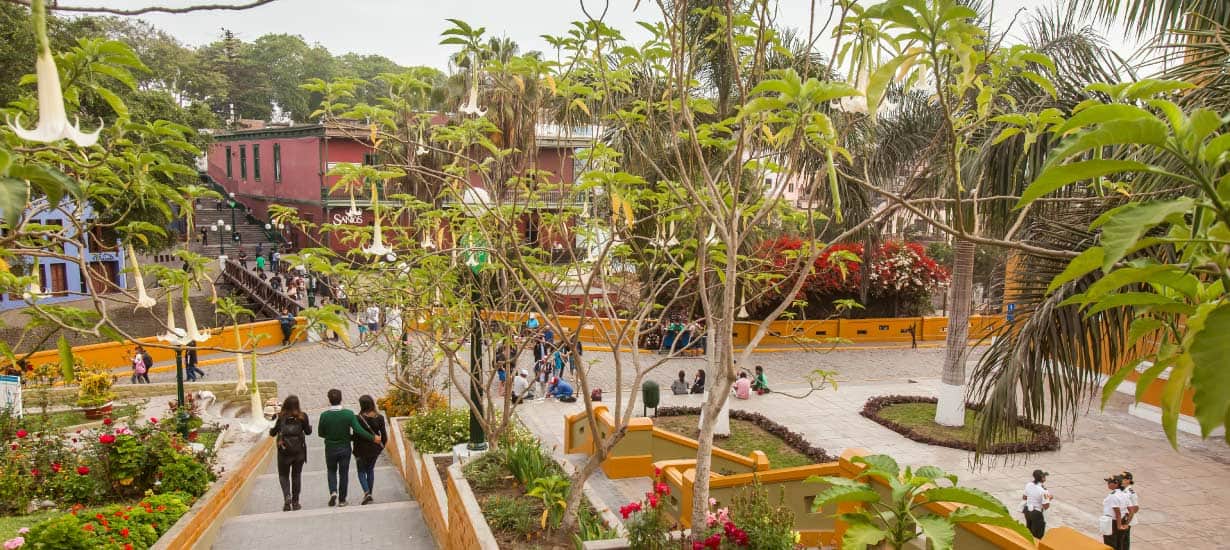 Source: Adrián Portugal / PROMPERÚ
Source: Adrián Portugal / PROMPERÚ
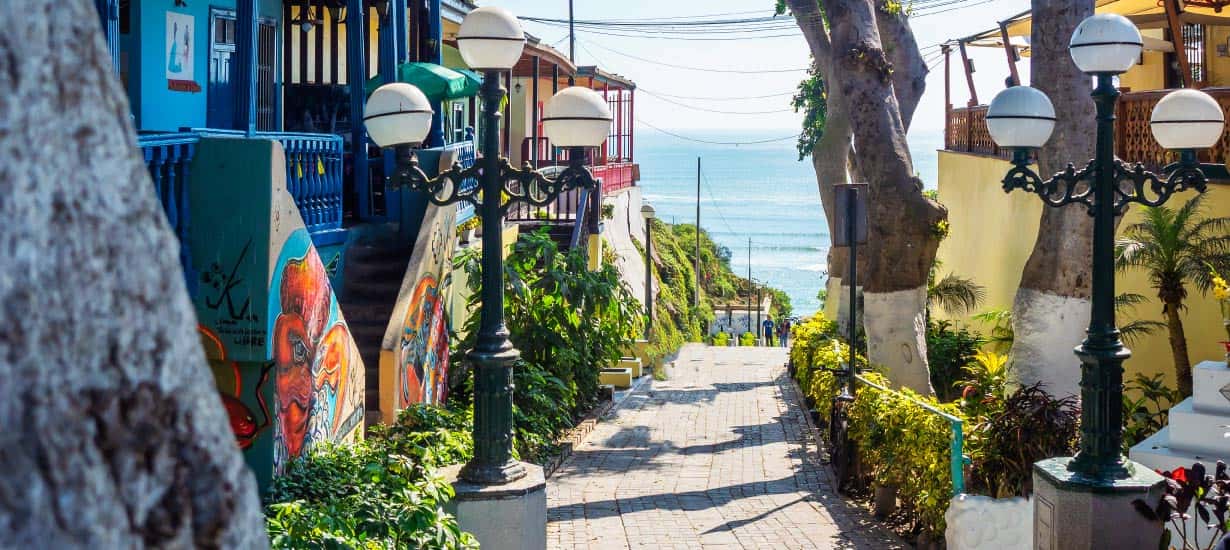 Source: Gary Norris / PROMPERÚ
Source: Gary Norris / PROMPERÚ
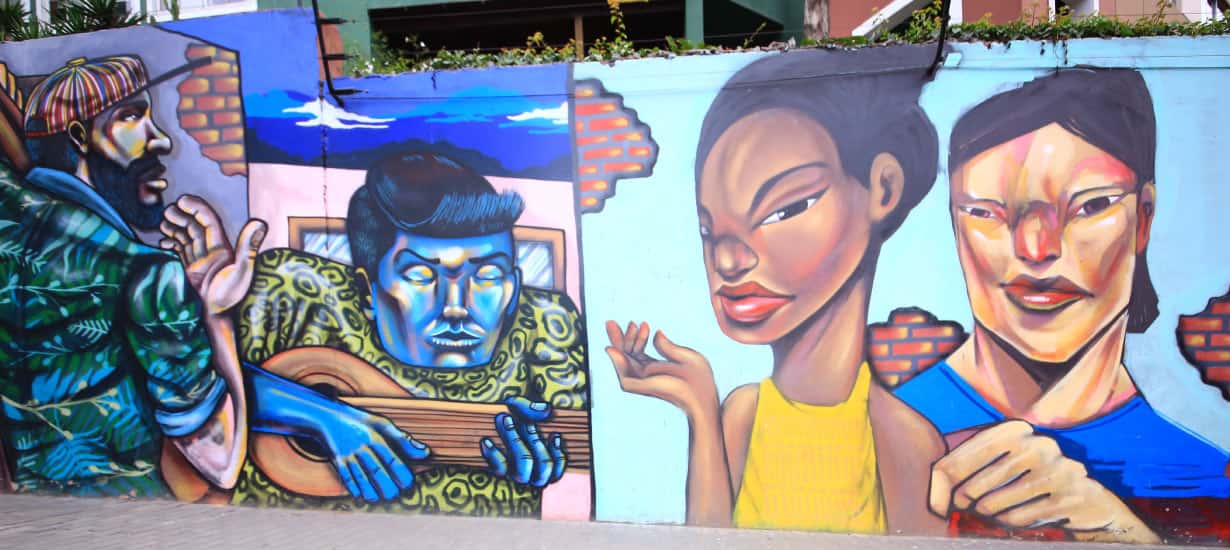 Source: Dragon Trail / PROMPERÚ
Source: Dragon Trail / PROMPERÚ
PUENTE DE LOS SUSPIROS
And we continue in Barranco. Puente de los Suspiros is a place that, over the years, has been immortalized in Creole music, especially in the famous song of the same name by Chabuca Granda, one of the greatest exponents of the genre.
This direct connection to criollismo transforms the bridge into a symbolic stage, rich with Lima's musical tradition, making it an ideal setting for films that celebrate Creole culture.
With its romantic ambiance, Puente de los Suspiros is filled with stories of lovers who meet beneath its arch or wander nearby. This enchanting setting is perfect for love scenes or emotional encounters, elements often featured in music videos, for instance.
According to legend, those who can cross the bridge while holding their breath will have their love wishes granted. This enchanting belief adds a poetic and magical touch, making it an ideal backdrop for emotional filming.
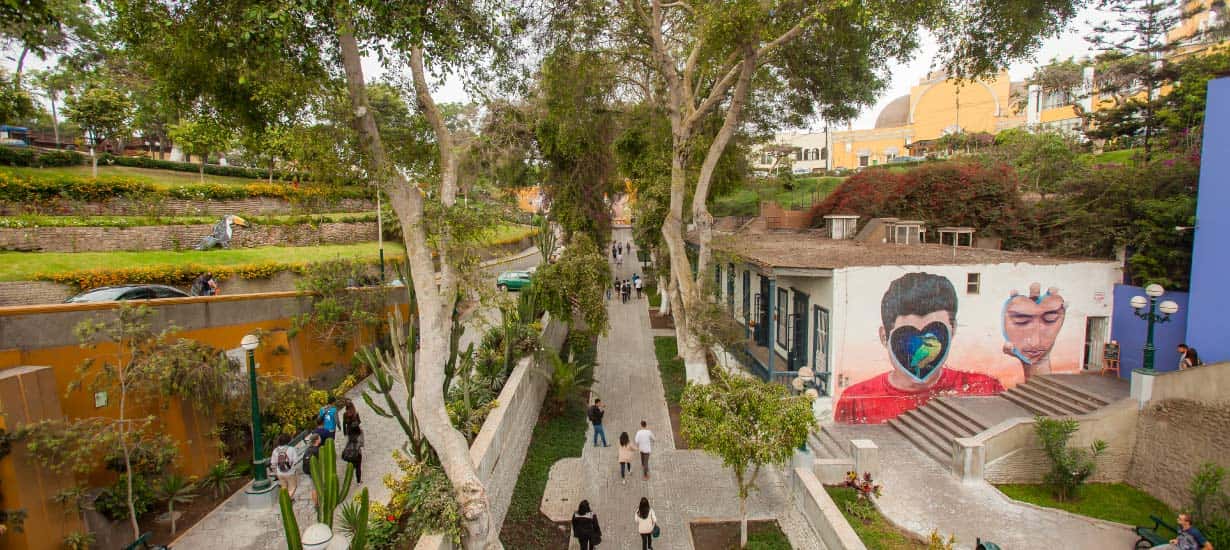 Source: Adrián Portugal / PROMPERÚ
Source: Adrián Portugal / PROMPERÚ
LET THE REVELRY BEGIN!
In Peru, peñas criollas (Creole tavern) are venues where Creole music and dance come together, providing an authentic experience of Lima's culture. Decorated with elements that evoke the Lima of the past, such as vintage photographs, these peñas offer live music performances (mainly waltzes, marineras, and festejos) and captivating dance shows, where couples showcase their skills in these traditional styles to the rhythms of guitar and cajón.
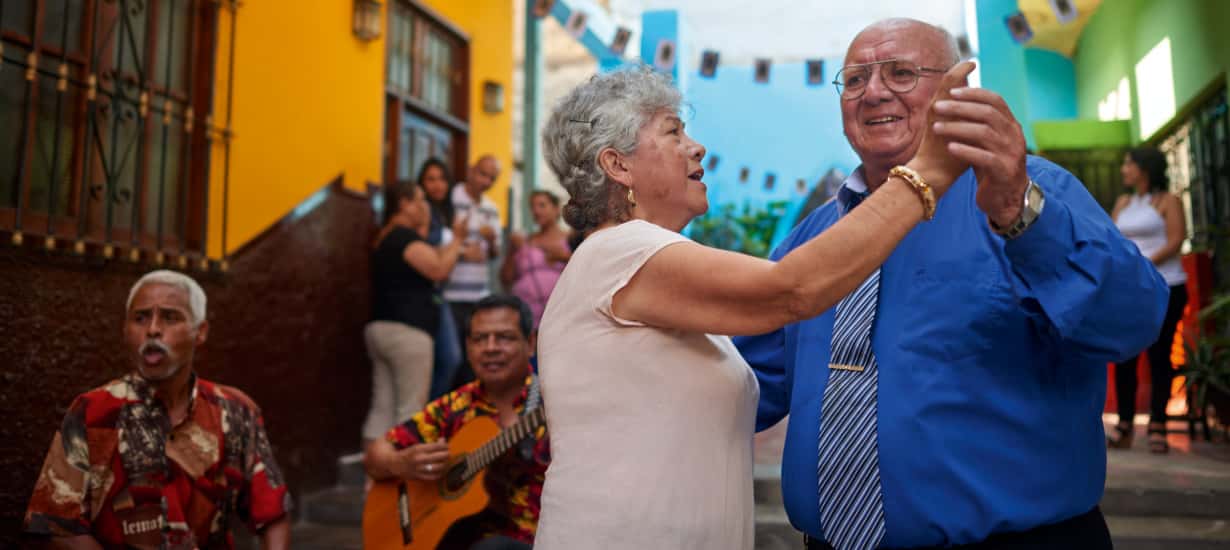 Source: Sandro Aguilar / PROMPERÚ
Source: Sandro Aguilar / PROMPERÚ
WHAT YOU NEED TO KNOW?
The climate in Lima is temperate, with temperature variations throughout the year. During the summer months (December to March), temperatures range from about 18.8 °C to 27.4 °C. In contrast, winter (June to September) sees temperatures drop to between 13.8 °C and 17.8 °C, often accompanied by coastal fog.
In terms of natural light, Lima enjoys 12 to 13 hours of daylight during the summer, while in winter, daylight is reduced to 10 to 11 hours a day due to increased cloud cover.
Meanwhile, Lima has a minimum altitude of 3 meters above sea level in Ancón and a maximum altitude of 861 meters above sea level in Chosica.
In conclusion, the locations described above serve as key reference points for filming productions set in the Republican era or other period pieces. However, their versatility allows them to be adapted to contemporary settings as well, as their rich architectural details make them perfect for a wide range of audiovisual projects.
If you are interested in filming in Peru and would like more information about the locations mentioned, please reach out to us at [email protected].
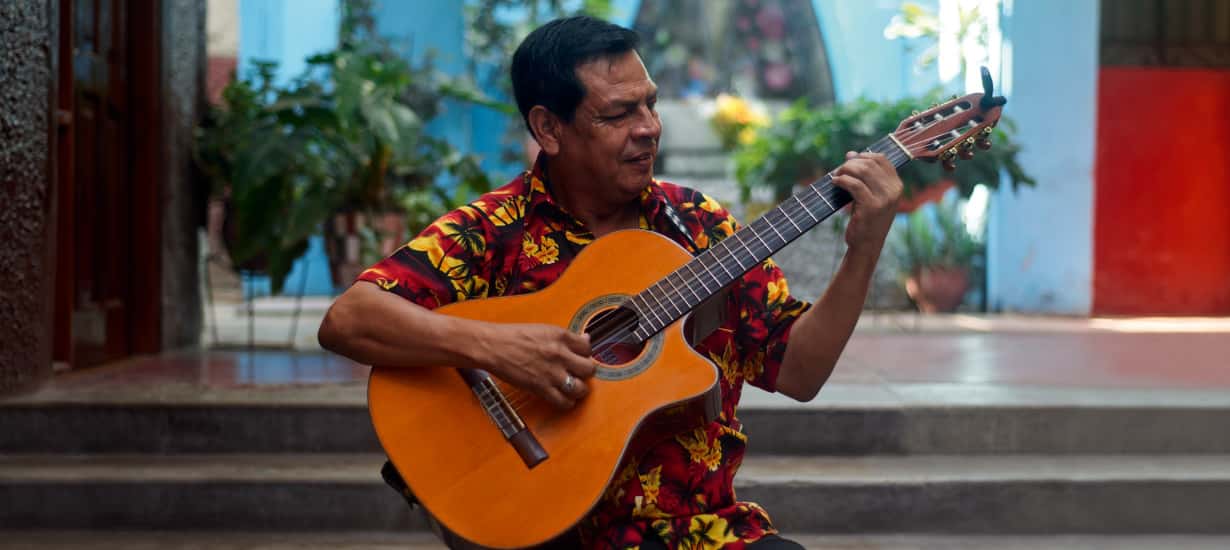 Source: Sandro Aguilar / PROMPERÚ
Source: Sandro Aguilar / PROMPERÚ
